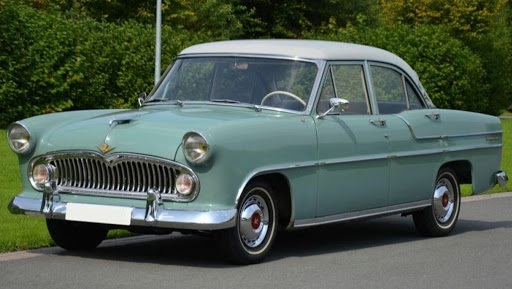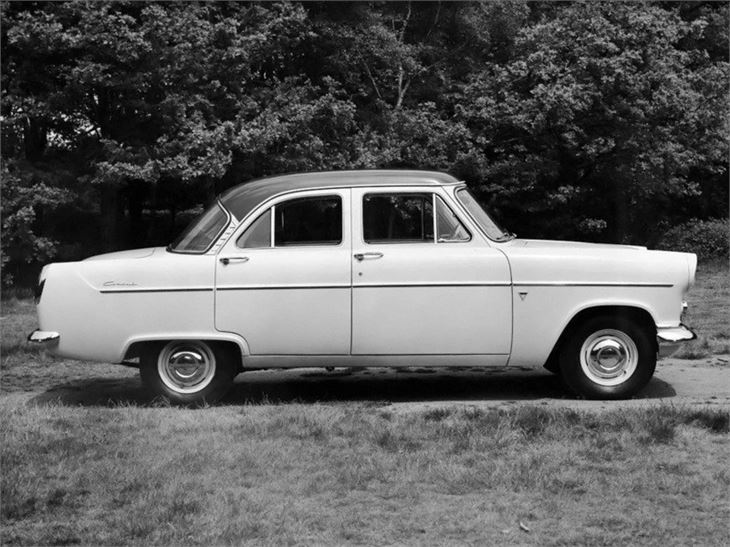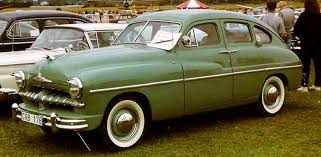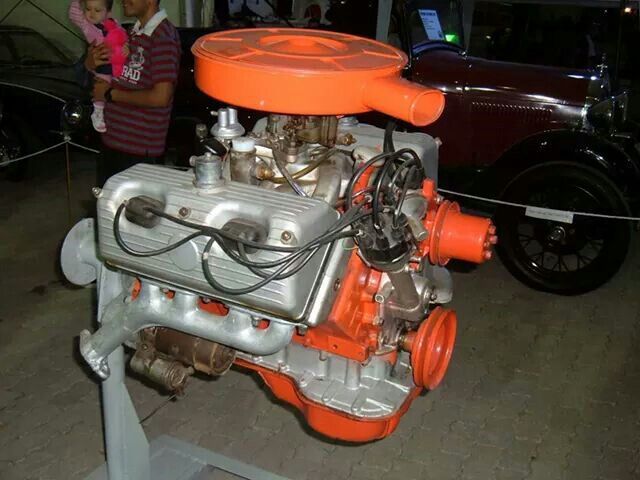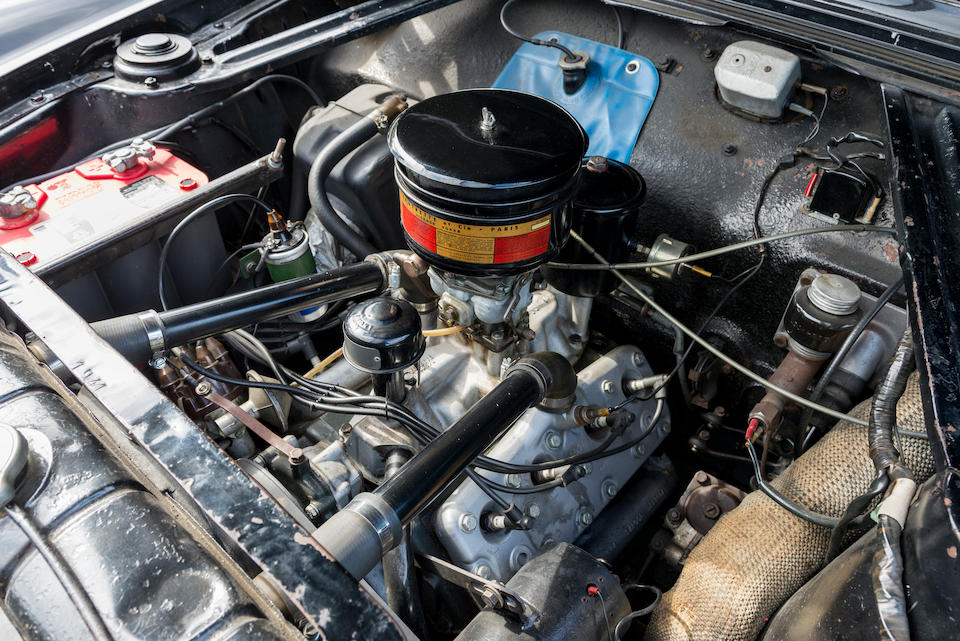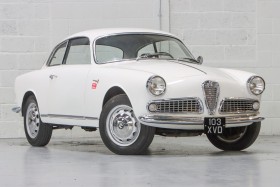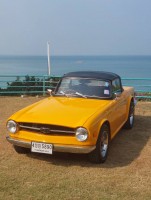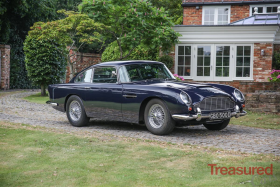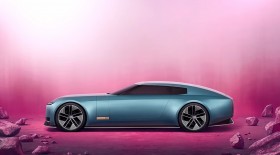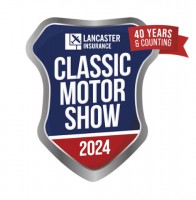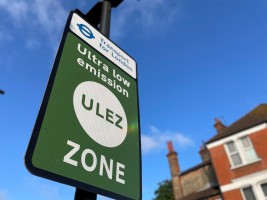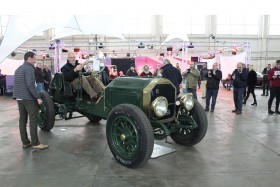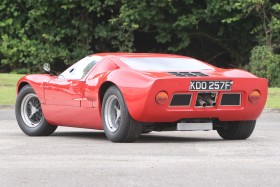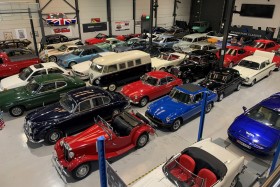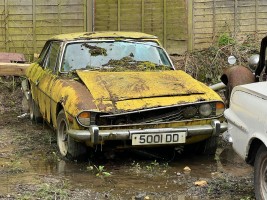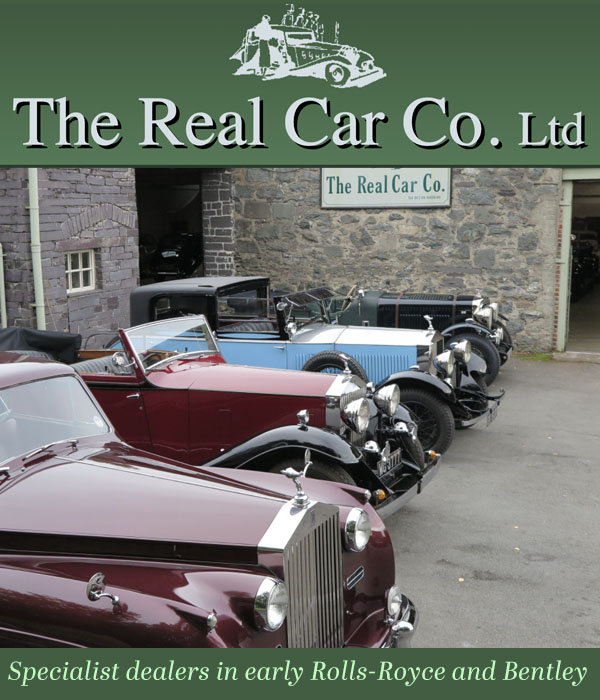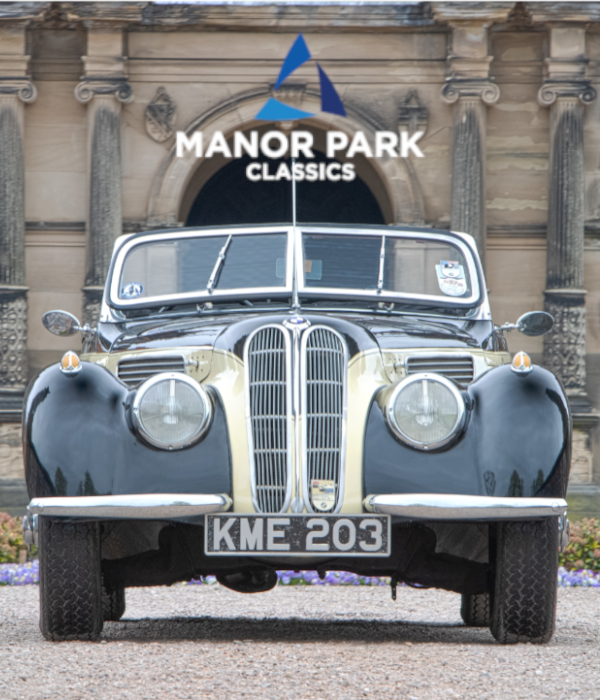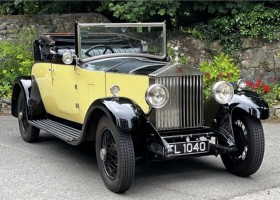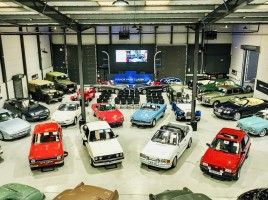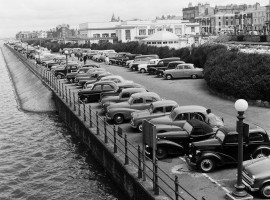the french car that could have been a zodiac v8
From SIMCA, the French Car Maker That Really Wasn't.
By: Terry Burgess Sat, 02 May 2020
Features
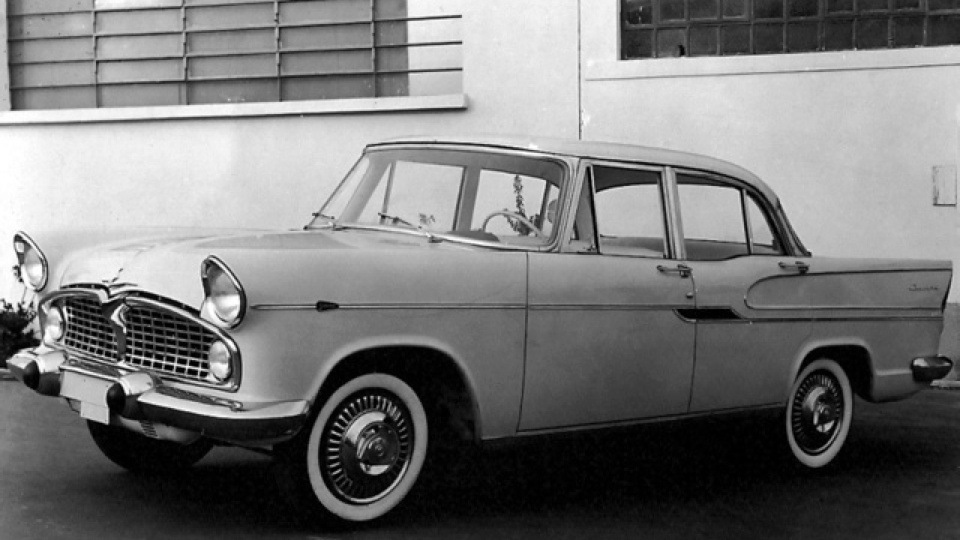
Société Industrielle de Mécanique et Carrosserie Automobile, SIMCA. Well, that sounds pretty French, doesn't it? In English it would read: Mechanical and Automotive Body Manufacturing Company, which doesn't sound very French at all. The Simca company started in 1935, when it was established by Fiat, Fabbrica Italiana Automobili Torino, Italian Automobile Factory of Turin in English. It's obvious when you think about it; real French carmakers weren't shy about putting their own names on their products, hence Renault, Citroen and Peugeot, to name but a well known few. I suppose it is understandable that no British car was called a MABMC or an EAFC (English Automobile Factory of Coventry).
From its inception until as late as May 1963, SIMCA was controlled by the Italian Henri Theodore Pigozzi, who at least had French given names, which helped. He had actually begun his association with Giovanni Agnelli by becoming his 'scrapman', sending old car bodies to Fiat for recycling, and Fiat cars were being assembled in France under Pigozzi's supervision from 1928 to 1934.
Predictably enough, Simca produced Fiats under licence, which were initially badged as SIMCA-Fiats and otherwise differed little from Italian-built Fiats.
After WWII, Simca was almost nationalised and was also very nearly forced into a merger with Gregoire, although Pigozzi somehow managed to avoid this and the company continued producing Fiat clones until the introduction of its first non-Fiat designed model, the Aronde, in 1951. This was a very successful 4-door saloon with a 1221cc engine of Fiat design, later to be enlarged to 1290cc. The Aronde would be the mainstay of Simca production for the next 13 years .
Amongst other acquisitions, Simca bought French Ford's Poissy plant in 1954 and added the Vedette to its model range, this being a large modern saloon with a 2351cc sidevalve V8 of US pre-war origin, a smaller version of the 3622cc unit used in the British Ford Pilot. The car was distinctly American in style and was actually of similar dimensions to the British Mk2 Consul, Zephyr and Zodiac (not yet announced at that time). The upper bodywork of the Vedette is extremely similar to that of the British Fords and it seems highly probable that the cars all came from the pen of one stylist. A study of the structure of the Vedette, underbonnet, shows that it too has Macpherson-strut front suspension with bracing members on either side from the suspension turrets to the bulkhead, just as does the British Ford. The inescapable conclusion appears to be that the Vedette and the Consul (for reasons I will go into later) had structurally similar bodyshells with mainly cosmetic differences and much in common with regard to the running gear.
This is not entirely the case however. Although Ford's Dearborn headquarters exercised a great deal of control in the product planning and design of their British and French possessions, much of the detail of the designs produced in Britain, France and Germany was finalised in those countries without collaboration. It is curious that the British cars had new 4 and 6 cylinder overhead valve engines whilst the French Ford was to have the ancient side-valve V8, despite receiving the more modern structure and style a full 2 years ahead of the Mk2 Fords in the UK. Ford of France were just about to launch the new car when Simca took over and it was never sold in France as a Ford, although the Ford name was used in some export markets. The 2351cc V8 engine produced a reasonable 75bhp, compared with 71bhp for the 2262cc Zodiac Mk1 and 85bhp for the 2553cc Zephyr or Zodiac Mk2. The structure used for the Vedette appears to be nearer to that of the Consul at the front, judging from the distance from the rear of the front wheel arch to the front of the sill, which seems reasonable in that the length of a straight six need not be accommodated.
The V8 would not have been much different in length from the straight 4 in the Consul. However the wheelbase was 106 inches for the Vedette, an inch and a half greater than the Consul and an inch less than the Zephyr. This might easily be explained by the rear axle being mounted slightly further back on its springs but the Vedette was a longer car overall, at 187 inches, compared with the Consul at 175.9 inches (with overriders) and the Zephyr at 178.4 inches, so it is likely that the differences in the floorpan are significant. The Vedette was revised in 1958, power increasing to 84bhp and with considerably more flamboyant styling in the American fashion of the time. In 1957, prompted by the Suez crisis, Simca had fitted the 1290cc Aronde 'Flash' 4-cylinder engine into the original Vedette to produce the Ariane as an additional model, much beloved of French taxi drivers. That car continued until 1963 whilst the Vedette was dropped in 1961. However it continued in production in Brazil until 1967 and there the old sidevalve V8 was converted to overhead valve operation!
Before we travel to Brazil, however, it is worth looking at what was happening to the ownership of the Simca Company.
In 1958, the American car manufacturer Chrysler bought 15% of Simca from Ford. At this stage, however, the dominant shareholder remained Fiat, and their influence is apparent in the engineering and design of Simcas of that period such as the 1000 and 1300 models introduced respectively in 1961 and 1963. However, in 1963 Chrysler increased their stake to a controlling 64% by purchasing stock from Fiat, and they subsequently extended that holding further to 77%.
In Brazil, the Vedette was produced from 1959, and power was increased steadily over the following years, rising to 100bhp for the 2414cc 'Tufao' and there was also a 2505cc 'Super Tufao' with 105bhp. By 1966 Chrysler had total control of Simca and Jean Pasteur, a French engineer, was brought in to design an OHV version of the venerable 'flattie' V8. The engine which emerged was a masterpiece, being an aluminium-headed 'hemi' unit producing 140bhp!
It is an amazing coincidence that the Chrysler Corporation, when buying into the European market, bought two companies who were using Ford V8 engines in their products. In Britain Chrysler absorbed the Rootes Group, who were producing the Sunbeam Tiger sports car with a 4727cc (earlier 4260cc) Ford V8, from 1964-67. That car did not survive the Chrysler takeover in 1967. It seems they were less squeamish about continuing with a Ford V8 in the South American market. Perhaps that is not so surprising; a version of the Chrysler (nee Hillman) Avenger was later sold in Brazil as a Volkswagen! Nuts!
In conclusion, when it is considered that Ford of Britain had already produced the Pilot V8, it would not have been too surprising had a decision been made to use a flathead V8 in a version of the Zodiac, particularly when it is considered that the UK had a flat-rate taxation system which would not have told against it, whereas the French taxation system heavily penalised cars with engines of above 2 litres capacity.
There is an explanation for this. Whereas Ford of Britain was given a new medium-size range of its own, Ford of France was given a design originally intended for US consumption, which it produced from 1948 as the Ford Vedette, with the 2.2 litre flathead V8. It was this car that the later Vedette was scheduled to replace. Aspects of the styling, the structure and underpinnings were similar to those of the forthcoming Mk2 British Fords, whilst retaining the old V8 which was still in production in France but not in the UK.
A Zodiac Mk2 with the little flathead V8 would not have made a particularly impressive car, but how we would have marvelled at a Zodiac with the 140bhp OHV Hemi engine later produced in Brazil! Of course, that was long after the demise of the Mk2 Fords, too late even for the Mk3, and the Mk4 Zodiac had a 138bhp V6 all of its own. Not that Ford would have wanted a Chrysler modified pre-war Ford engine in one of its cars anyway!
Author's Note: Since this article was originally written, I now have it on good authority that, despite the apparent similarities between the French and British Fords, no parts were actually interchangeable between them! This suggests a wasteful duplication of effort on both sides of the channel, but that's how it was. In light of the new information I have amended the article.



